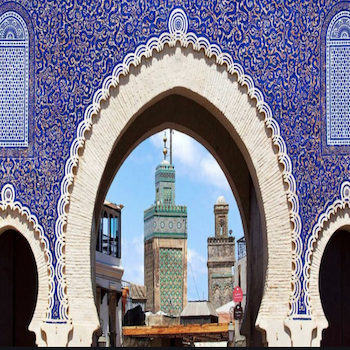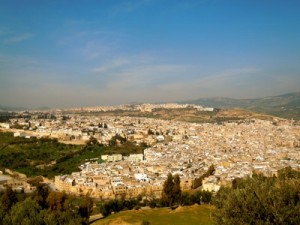Posts Tagged ‘24 Hours in Fes’
Fez el Bali was listed as a UNESCO World Heritage site in 1981. Built during the Idrisid dynasty (789 – 808 AD), the ancient walled city of Fez is one of the oldest in the world. Fez was designed on a slope using historic traditions of Islamic architecture to prevent rainwater…
If you’re traveling in Morocco and only have 24 Hours in Fes then it’s important to know what to see and where to eat. Morocco Travel guide books such as Lonely Planet, Frommers and Rough Guides can be the perfect travel companion for those who desire to see and do the status quo in Fes however first hand experience from a foreigner living in Morocco can offer more off the beat experiences. When starting a 24 hour spin around the old medina, Fes El Bali, you can brave it alone or higher a local, expert Fes historical guide. Either way a Fes tour can be fulfilling in this ancient city which is a UNESCO World Heritage site. If you brave it alone to discover what’s behind the ancient medina walls of Fes, these travel tips of what to see and where to eat will make it worthwhile.



